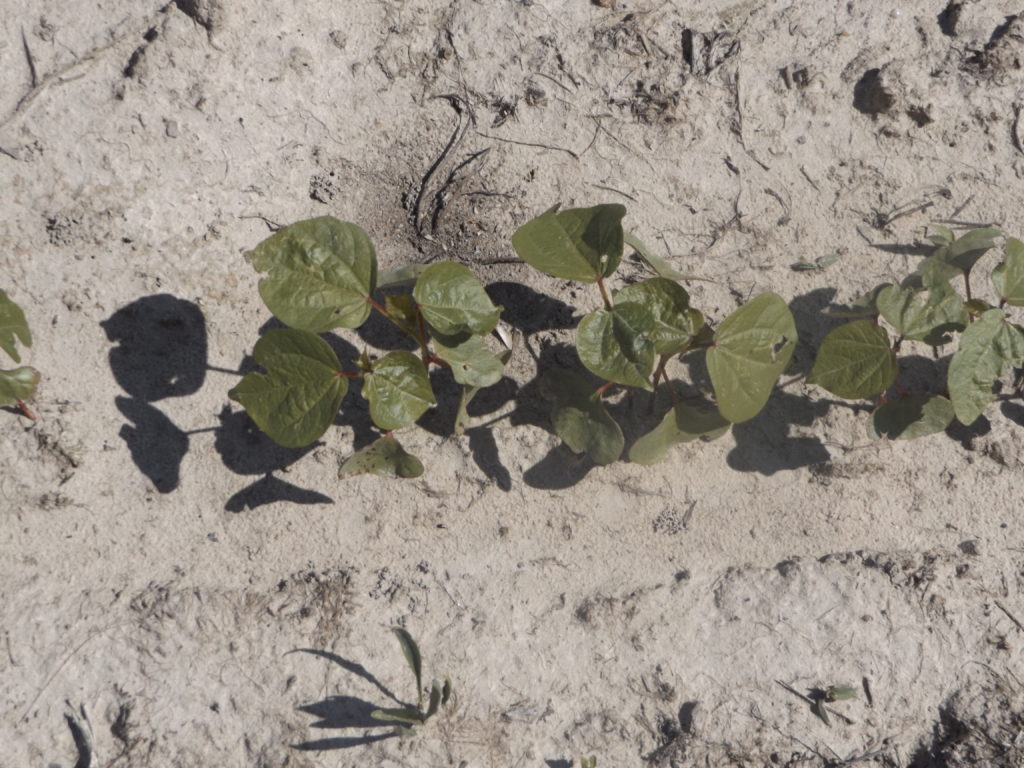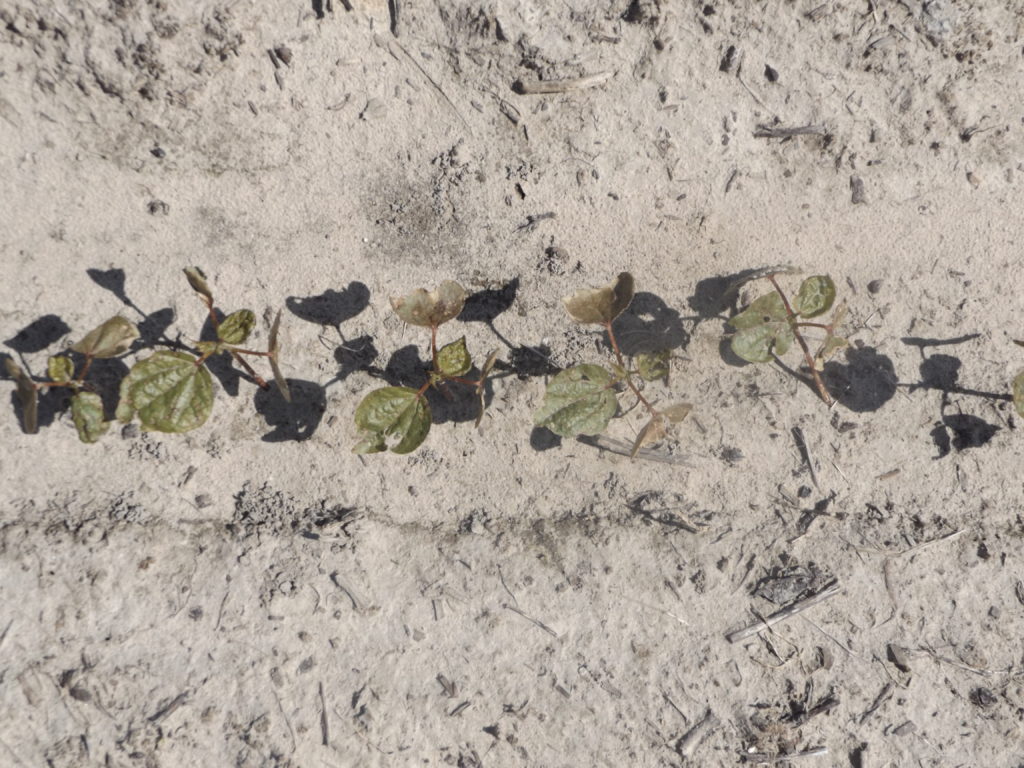To Mix or Not to Mix…..Herbicides and Acephate
go.ncsu.edu/readext?529805
en Español / em Português
El inglés es el idioma de control de esta página. En la medida en que haya algún conflicto entre la traducción al inglés y la traducción, el inglés prevalece.
Al hacer clic en el enlace de traducción se activa un servicio de traducción gratuito para convertir la página al español. Al igual que con cualquier traducción por Internet, la conversión no es sensible al contexto y puede que no traduzca el texto en su significado original. NC State Extension no garantiza la exactitud del texto traducido. Por favor, tenga en cuenta que algunas aplicaciones y/o servicios pueden no funcionar como se espera cuando se traducen.
Português
Inglês é o idioma de controle desta página. Na medida que haja algum conflito entre o texto original em Inglês e a tradução, o Inglês prevalece.
Ao clicar no link de tradução, um serviço gratuito de tradução será ativado para converter a página para o Português. Como em qualquer tradução pela internet, a conversão não é sensivel ao contexto e pode não ocorrer a tradução para o significado orginal. O serviço de Extensão da Carolina do Norte (NC State Extension) não garante a exatidão do texto traduzido. Por favor, observe que algumas funções ou serviços podem não funcionar como esperado após a tradução.
English
English is the controlling language of this page. To the extent there is any conflict between the English text and the translation, English controls.
Clicking on the translation link activates a free translation service to convert the page to Spanish. As with any Internet translation, the conversion is not context-sensitive and may not translate the text to its original meaning. NC State Extension does not guarantee the accuracy of the translated text. Please note that some applications and/or services may not function as expected when translated.
Collapse ▲I have received several calls concerning mixing herbicides and acephate (Orthene). With challenging weather comes the urgency to save time and trips across the field and at this time of year that usually means tank mixing glufosinate (Liberty) + acephate. However, due to abundant rainfall over the past couple of weeks, folks are worried residual herbicides applied behind or ahead of the planter have played out. So I have also been asked about cotton response to the three-way mixture of glufosinate + s-metolachor (Dual Magnum)/Warrant + acephate.
First off, Dr. Reisig just put out an excellent article on making the decision to spray for thrips.
Back to herbicides. These are the typical questions I get.
Grower/Consultant/Extension Agent: “I have weeds coming and I need to spray for thrips. Can I mix glufosinate + s-metolachlor/Warrant + acephate?” Or “How hot is glufosinate + s-metolachlor/Warrant + acephate; will it cause a yield loss?”
My answers is not as straight forward as you may think. Yes, you can mix glufosinate + s-metolachlor/Warrant + acephate. Will this mixture be hot? Absolutely. However, in our research, we have not seen these mixtures cause yield loss. The last study I conducted addressing this was actually in Virginia during 2016. We looked at the response of an XtendFlex and Stoneville cotton variety to glufosinate, glufosinate + acephate, glufosinate + Warrant, and glufosinate + acephate + Warrant applied to 1- to 2-leaf cotton and repeated at 4-leaf cotton. Tank mixes with glufosinate also included AMS. Cotton injury was greatest 7 days after application. We observed minor necrosis from glufosinate. Adding acephate to glufosinate slightly increased cotton response. The addition of Warrant to glufosinate elicited a little more response. And for both cultivars, the three-way mixture of glufosinate + acephate + Warrant was most injurious, injuring cotton approximately 20%. Twenty percent injury is probably more than most growers are comfortable with, but cotton injury was completely gone 21 days after the second application. It is also important to note even when these treatments were applied TWICE, we still did not see a yield loss.
So my recommendation is this. For tank mixes of glufosinate + acephate or glufosinate + s-metolachlor/Warrant, pull the trigger.
If you can live with some temporary cosmetic injury (and have the need for glufosinate + s-metolachlor/Warrant + acephate), it makes sense for you save a trip across the field with the three-way mix. Cotton will recover and the temporary necrosis will not translate into a yield loss.
If 20% injury will keep you up at night, splitting your herbicides and acephate sprays will be in the best interest of your peace of mind.




